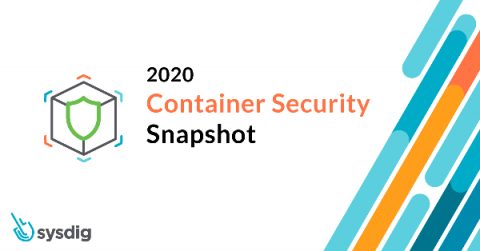What is an MSSP (Managed Security Service Provider)?
Some organisations fully outsource their cyber security requirements to MSSPs, while others only outsource specific aspects. MSSPs differ from MSPs (Managed Service Providers) in that they specialise in cyber security. By contrast, MSPs are more focused on the remote management of IT infrastructure. Many MSPs do offer security services but, owing to the highly specialised nature of cyber security, some chose to partner with MSSPs.










